The steering angle sensor is a vital component of your vehicle’s steering system. It plays a crucial role in ensuring safe handling and responsiveness while driving. This sensor monitors the position of the steering wheel and communicates this data to the vehicle’s electronic systems. By doing this, it helps optimize stability control, traction control, and other essential functions. Because the steering angle sensor is so important, any issues with it can significantly affect your driving experience. In this article, we will examine four warning signs that indicate your steering angle sensor may be malfunctioning and what to do about it.
Understanding the Steering Angle Sensor
What is a Steering Angle Sensor?
A steering angle sensor detects the rotational position of the steering wheel. This information is critical for various systems within your vehicle. Primarily, it helps improve vehicle stability and control by assisting the electronic stability control (ESC) and traction control systems. In essence, the sensor serves as a link between the driver’s intentions and the car’s responses.
The steering angle sensor is typically located within the steering column, close to the steering wheel. It can be part of a more extensive assembly that includes other sensors and electrical components. When the sensor is functioning correctly, it provides accurate and timely data, allowing for smooth vehicle handling. However, if it fails, the consequences can be severe, affecting everything from braking to cornering.
Importance of the Steering Angle Sensor
Understanding the functionality of the steering angle sensor is essential for recognizing its importance. Correct readings from the sensor ensure that the vehicle responds appropriately to the driver’s steering inputs. This is particularly critical in slippery conditions or while cornering at high speeds. A malfunctioning sensor can lead to unsafe driving conditions, increased risk of accidents, or unwanted vehicle behaviors.
In addition, modern vehicles often rely on the steering angle sensor for various advanced driver-assistance systems (ADAS). These systems include features like lane departure warnings, adaptive cruise control, and automated emergency braking. Any inaccuracies in the sensor readings can interfere with these systems, creating potential hazards on the road.
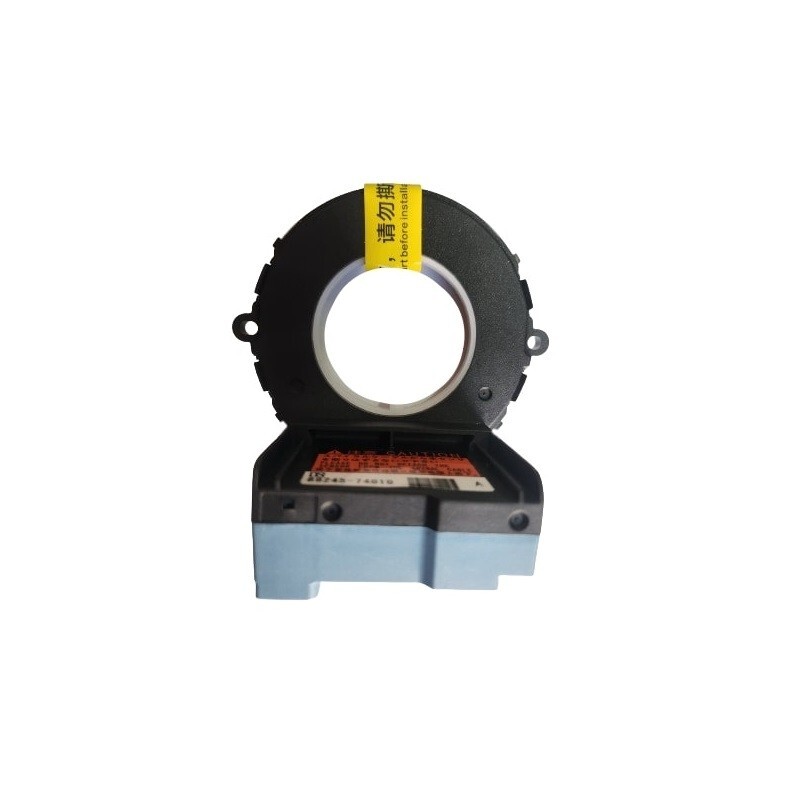
Warning Signs of a Malfunctioning Steering Angle Sensor
1. Warning Lights on the Dashboard
One of the first signs of a malfunctioning steering angle sensor is the illumination of warning lights on the dashboard. Many vehicles use a dedicated warning light for the electronic stability control system. If the steering angle sensor is not sending correct signals, this light may illuminate. You might also see the anti-lock braking system (ABS) light or traction control warning light come on.
When one of these warning lights appears, it’s vital to investigate the issue promptly. Ignoring dashboard warning lights can lead to further complications down the road. A malfunctioning sensor can disrupt essential safety features, potentially putting you and your passengers at risk. If the warning lights illuminate, have a qualified mechanic perform a thorough diagnostic check.
2. Unresponsive or Erratic Steering
Another critical warning sign to watch for is unresponsive or erratic steering behavior. If you notice that the steering feels loose or overly sensitive, it may indicate an issue with the steering angle sensor. Erratic steering can manifest as the vehicle drifting left or right even when you are holding the steering wheel straight.
An unstable steering feel can be alarming, especially if it happens at high speeds or on slippery surfaces. This unpredictable steering response can lead to loss of control and increased difficulty in managing your vehicle. If you experience any changes in steering feedback, it is essential to have your vehicle inspected as soon as possible.
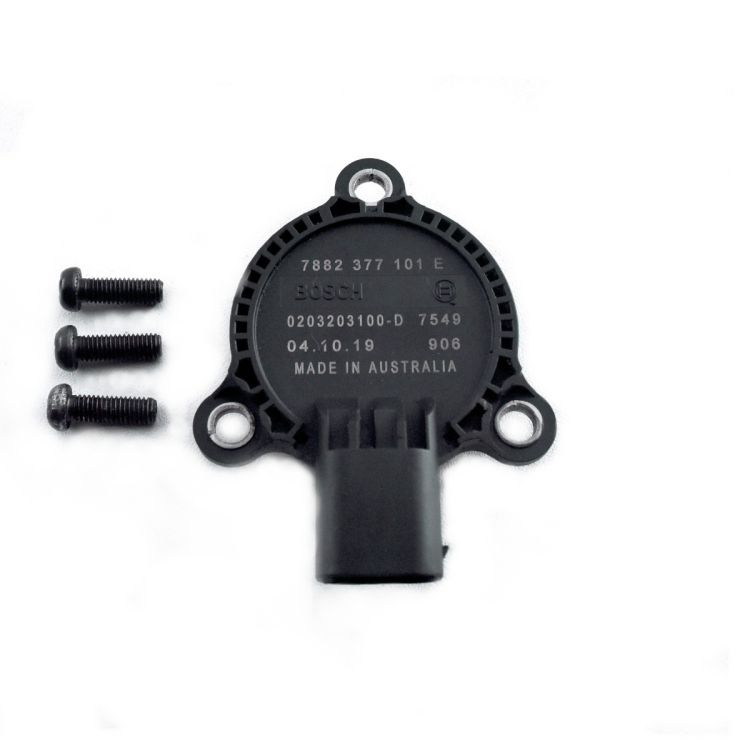
3. Difficulty in Handling Turns
Struggling to manage turns is another warning sign that your steering angle sensor may be failing. If you find that your vehicle does not respond as expected when turning, it may indicate a problem with the sensor’s readings. Poor handling during turns can feel like the vehicle is inexplicably understeering or oversteering.
Understeering occurs when your car does not turn as sharply as intended, while oversteering involves the back end of the vehicle sliding out. Both scenarios compromise your ability to navigate safely, especially in tricky conditions. If you are experiencing difficulty in handling turns, take note and schedule an inspection. A functioning steering angle sensor is vital for maintaining proper control during maneuvers.
4. Loss of Advanced Safety Features
Modern vehicles come equipped with various advanced safety features, many of which rely on accurate readings from the steering angle sensor. If these features suddenly stop working, it could indicate a malfunction with the sensor. For instance, lane-keeping assist, adaptive cruise control, and collision avoidance systems require precise steering input data.
If you notice that these systems are malfunctioning or disengaging unexpectedly, it is crucial to investigate the underlying cause. Not only do these features enhance your driving experience, but they also significantly improve safety. A failure to address an issue may leave you without these essential tools, increasing your vulnerability on the road.
Diagnosing the Problem
1. Conducting Visual Inspections
If you suspect that your steering angle sensor is malfunctioning, conducting visual inspections can provide valuable information. Start by examining the steering column for any visible signs of damage. Look for any frayed wires or loose connections that could be affecting the sensor’s performance.
Additionally, check for any fluid leaks from the steering system that could create problems. While visual inspections can yield helpful insights, they are not always conclusive without the right diagnostic tools. If you notice anything suspicious, or if warning signs persist, consider bringing your vehicle to a professional mechanic for a more thorough evaluation.
2. Utilizing Diagnostic Tools
Ultimately, the best way to accurately diagnose a malfunctioning steering angle sensor is by using specialized diagnostic tools. Modern vehicles contain complex computer systems that require advanced equipment for accurate diagnostics. Mechanics can use an OBD-II scanner to read error codes and determine the root cause of the problem.
These tools can pinpoint whether the steering angle sensor is sending incorrect data to the vehicle’s systems. Once the issue is identified, a qualified mechanic can provide recommendations for the necessary repairs or replacements. Relying on professional diagnostic tools ensures accurate assessment and reduces the risk of overlooking other potential issues.
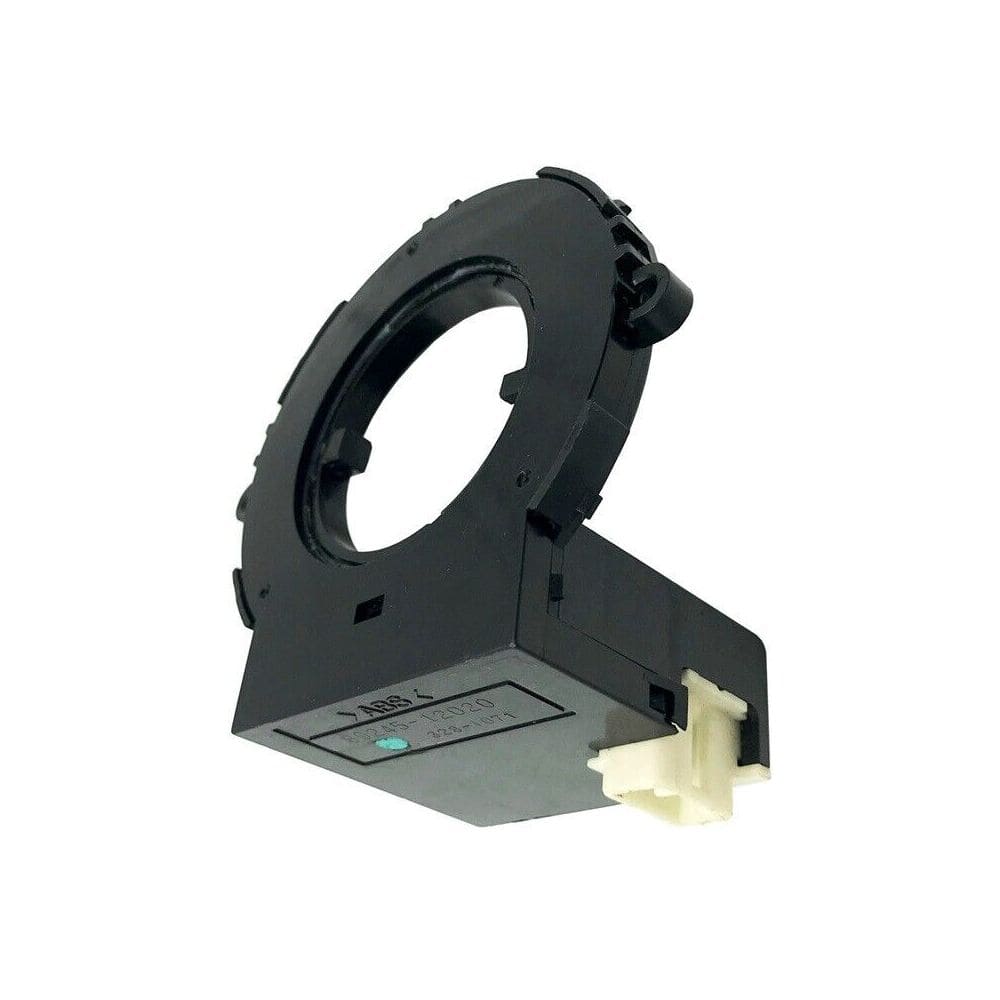
Preventative Measures
1. Regular Maintenance
The best way to prevent issues with your steering angle sensor is through regular maintenance. Routine checks of your vehicle’s steering and suspension systems will help identify potential problems before they escalate. Mechanics can inspect the sensor during routine service, ensuring that it is functioning optimally.
In addition to inspections, maintaining proper tire pressure and alignment can also contribute to the health of your steering system. Misaligned wheels can place extra strain on various components, including the steering angle sensor. Keeping your vehicle well-maintained minimizes risks and enhances overall performance.
2. Prompt Repairs
Addressing any warning signs as soon as they appear is crucial for preventing further issues. If dashboard warning lights illuminate or you notice changes in your steering response, do not delay in seeking assistance. Quick intervention can save you both time and money in the long run.
Neglecting a faulty steering angle sensor may lead to more significant concerns that could compromise safety. By addressing issues promptly, you ensure a safer and more enjoyable driving experience. Always prioritize your vehicle’s health to remain confident and secure on the road.
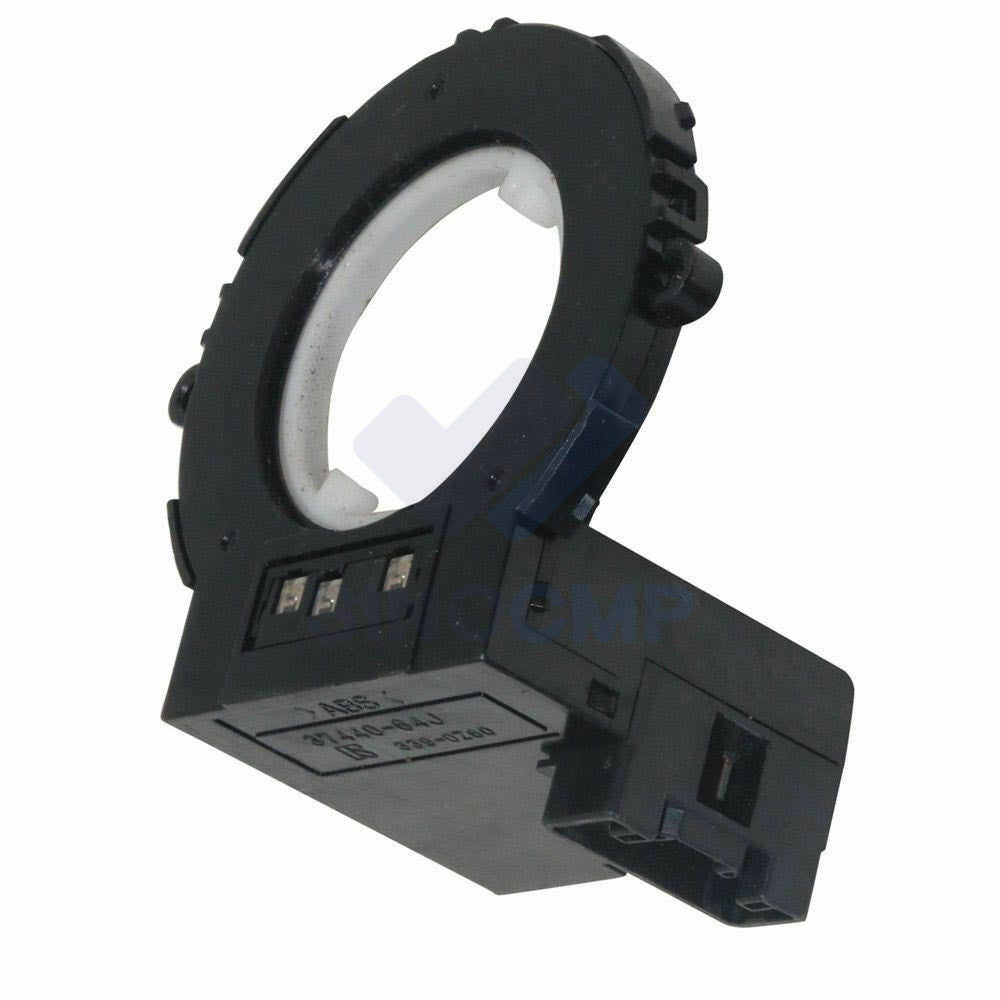
The Consequences of Ignoring Warning Signs
1. Safety Risks
Failing to recognize and address warning signs related to your steering angle sensor poses significant safety risks. Erratic steering behavior, poor handling, and loss of advanced safety features can dramatically increase the likelihood of accidents. Ignoring these signals can have severe repercussions for you and other road users.
In scenarios where precise steering input is crucial, a malfunctioning sensor can lead to a complete loss of control. Such incidents can increase the risk of collisions, endangering not just you but also your passengers and pedestrians. Therefore, addressing any warning signs swiftly is essential for maintaining road safety.
2. Increased Repair Costs
Neglecting the problems associated with a malfunctioning steering angle sensor can lead to increased repair costs. If the sensor continues to send incorrect signals, it can strain other components in the steering system. This added stress may require additional repairs, including replacing parts that would otherwise have remained functional.
Delaying repairs can also lead to more extensive system malfunctions, requiring even more time and money to fix. Establishing a habit of regular inspections and acting quickly when issues arise will save you money and prevent significant problems from developing.
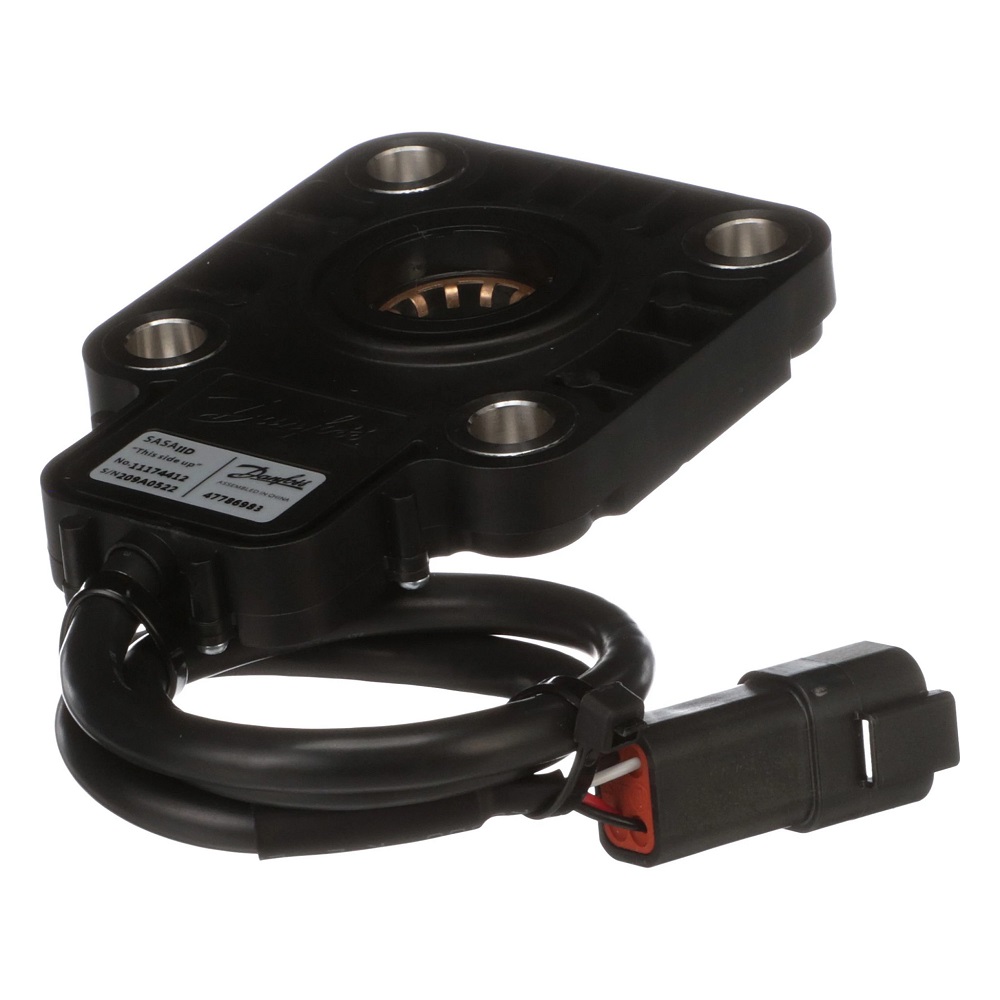
Conclusion
Key Takeaways
Understanding the steering angle sensor’s significance and recognizing its warning signs can greatly improve your driving safety. The four key signs to look for include dashboard warning lights, unresponsive steering, difficulty managing turns, and loss of advanced safety features. Being proactive about these issues ensures a smoother and safer driving experience.
If you notice these warning signs at any time, be sure to seek professional assistance promptly. Regular inspections and maintenance are vital for keeping your steering angle sensor—and the entire steering system—in optimal condition. By taking these steps, you can safeguard your vehicle and enhance your overall driving experience.
Stay Safe on the Road
In summary, the steering angle sensor is crucial for vehicle handling and safety. Recognizing and responding to warning signs ensures that your vehicle remains reliable and safe to drive. By prioritizing maintenance and addressing issues as they arise, you can enjoy a more secure and confident driving experience. Stay vigilant, and don’t ignore the signs—your safety depends on it!
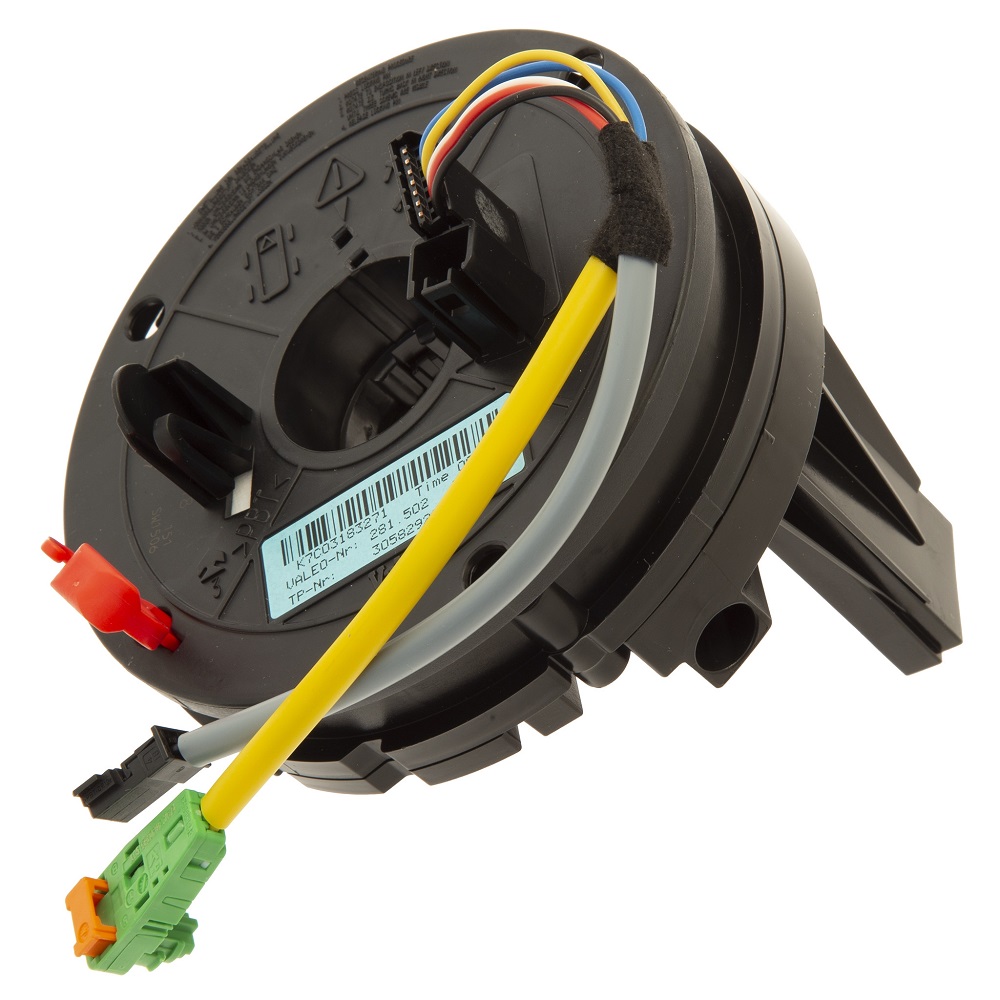
Leave a Reply